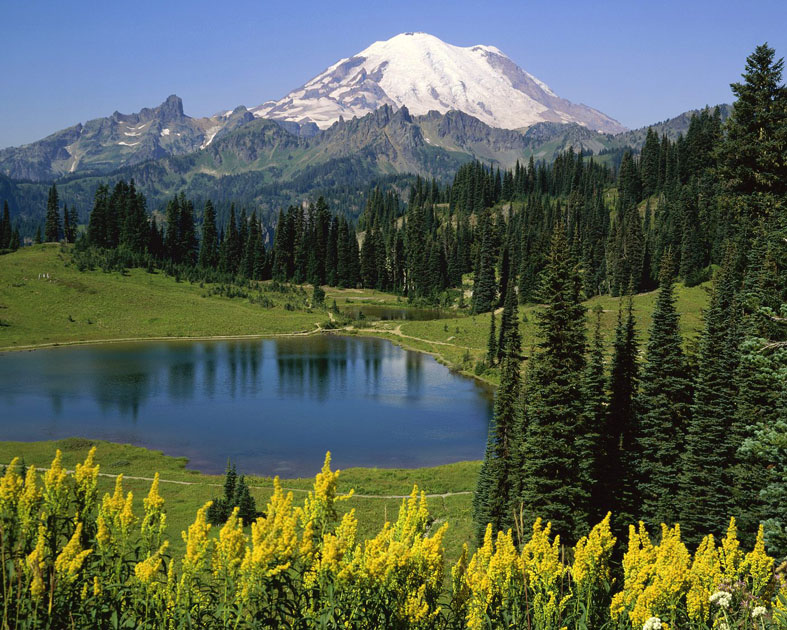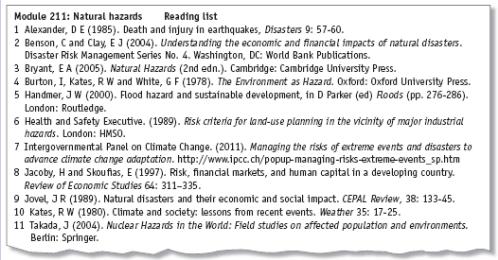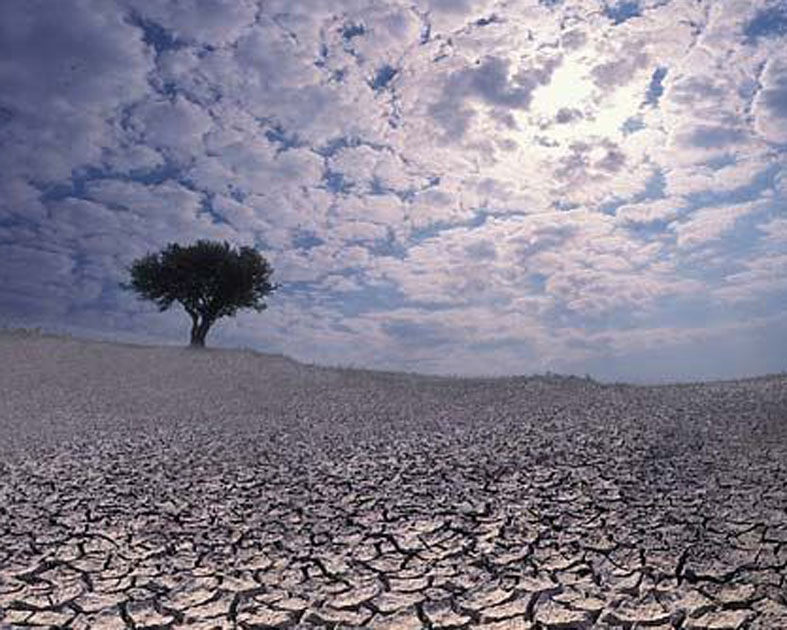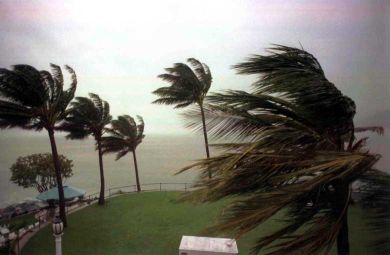
- •3. Match the publications on the reading list in Ex. 2 to the text types in the box.
- •Tropical Cyclones
- •3. Look back at the essay topic suggested in Start-up exercise 2. In the text underline descriptions of any risks or impacts of tropical cyclones to use in your essay.
- •Vocabulary
- •1. Try to guess the meaning of the words in bold from context. Use a dictionary to check your answers.
- •2. Complete the expressions using the words in bold from Vocabulary exercise 1.
- •3. Read the first paragraph of the text again. Find the phrases used to link the causes and effects and write them in the table.
- •4. What are the nouns from the same root as these verbs? motivate facilitate influence provoke trigger contribute stimulate induce derive
- •5. Rewrite these sentences using a noun instead of the verb.
- •1. You can note cause-and-effect relationships by using an arrow () between two phrases. Read the notes from a lecture about the water cycle:
- •2. Rewrite the statements below. Shorten them by using only key words and arrows.
- •1. You will hear a lecture about land as a limited resource. What are two problems you think the speaker will talk about?
- •2. The words in the left column are from the lecture about managing land resources. Match each word with its definition.
- •3. The words in bold below are also from the lecture. Guess the meaning of these words, then rewrite the sentences in your own words.
- •Improving Tsunami Advance Warning Time
Unit 3 |
The nature issues |
![]() Start-up
Start-up
1. Discuss the questions below.
H
 ow
would you describe the climate and land features of your country? Is
it warm/cold, tropical/continental, dry/humid, flat/mountainous?
ow
would you describe the climate and land features of your country? Is
it warm/cold, tropical/continental, dry/humid, flat/mountainous?
How do these land features affect people’s living?
Have any land or climate features changed in recent years?
Are natural disasters common in your country?
2. You have been given an assignment to write an essay on The risks and impact or weather-related natural disasters. You have drafted an outline for your essay, which is shown below.
The risks: weather-related natural disasters
- what are they?
- their distribution, frequency and destructive power
The impacts: social economic environmental political
Look at the course reading list below and cross out any publications which you think are unlikely to be relevant for your essay.
Decide the order in which you will look at the remaining publications.
In pairs or small groups, compare your answers.

3. Match the publications on the reading list in Ex. 2 to the text types in the box.

article in a journal
official report on a website
textbook
official report published as a book
paper in an edited collection
![]() Reading
Reading
1 .
Think about how much you already know about natural hazards. Answer
these questions.
.
Think about how much you already know about natural hazards. Answer
these questions.
a) What is the difference between a cyclone and a tropical cyclone?
b) What other terms have a similar meaning?
c) What are the main effects of tropical cyclones?
d) Do tropical cyclones have any positive effects?
e) Can you give any examples of notable tropical cyclones?
2. Now read the text and find the answers to questions a-e.
Tropical Cyclones
Tropical cyclones are defined as intense cyclonic storms that originate over warm tropical seas. In North America, the term ‘hurricane’ is used because cyclone refers to an intense, counterclockwise rotating, extra-tropical storm. In Japan and south-east Asia tropical cyclones are called ‘typhoons’. The hazards relating to tropical cyclones can be grouped under three headings: storm surge, wind and rain effects. Storm surge is a phenomenon whereby water is physically piled up along a coastline by low pressure and strong winds. This leads to loss of life through drowning, inundation of low-lying coastal areas, erosion of coastline, loss of soil fertility due to intrusion by ocean salt-water and damage to buildings and transport networks. High-wind velocities can directly cause substantial property damage and loss of life, and constitute the main agent for crop destruction. Surprisingly, strong winds – simply because they are so strong – can also exacerbate the spread of fires in urban and forested areas, even under heavy rainfall. Rainfall is responsible for loss of life, property damage and crop destruction from flooding, especially on densely populated floodplains. Contamination of water supplies can lead to serious disease outbreaks weeks after the cyclone. Heavy rain in hilly or mountainous areas is also responsible for landslides or mud flows as floodwaters in stream and river channels mix with excess sediment brought down slopes. The destruction of crops and saline intrusion can also result in famine that can kill more people than the actual cyclone event. This was especially true on the Indian subcontinent during the latter part of the nineteenth century.
Earthquakes are not an obvious consequence of cyclones; however, there is substantial evidence for their occurrence during cyclones. Pressure can vary dramatically in a matter of hours with the passage of a cyclone, bringing about a consequentially large decrease in the weight of air above the Earth’s surface. The deloading can be as much as 2-3 tonnes/km2 over a matter of hours. In addition, tidal waves or surges in the order of 10-12 m in height can occur in shallow seas with a resulting increase in pressure on the Earth’s surface of 7 million tonnes/km2. In total the passage of a cyclone along a coast can induce a change in load on the Earth’s crust of 10 million tonnes/km2. In areas where the Earth’s crust is already under strain, this pressure change may be sufficient to trigger an earthquake. The classic example of a cyclone-induced earthquake occurred with the Tokyo Earthquake of 1923. A typhoon swept through the Tokyo area on 1 September, and was followed by an earthquake that evening. The earthquake caused the rupture of gas lines, setting off fires that were fanned by cyclone-force winds through the city on 2 September. In all, 143,000 people lost their lives, mainly through incineration. There is also evidence that tropical cyclones have triggered earthquakes in other places along the western margin of the Pacific plate and along plate boundaries in the Caribbean Sea. In Central America the coincidence of earthquakes and cyclones has a higher probability of occurrence than the joint probability of each event separately.
